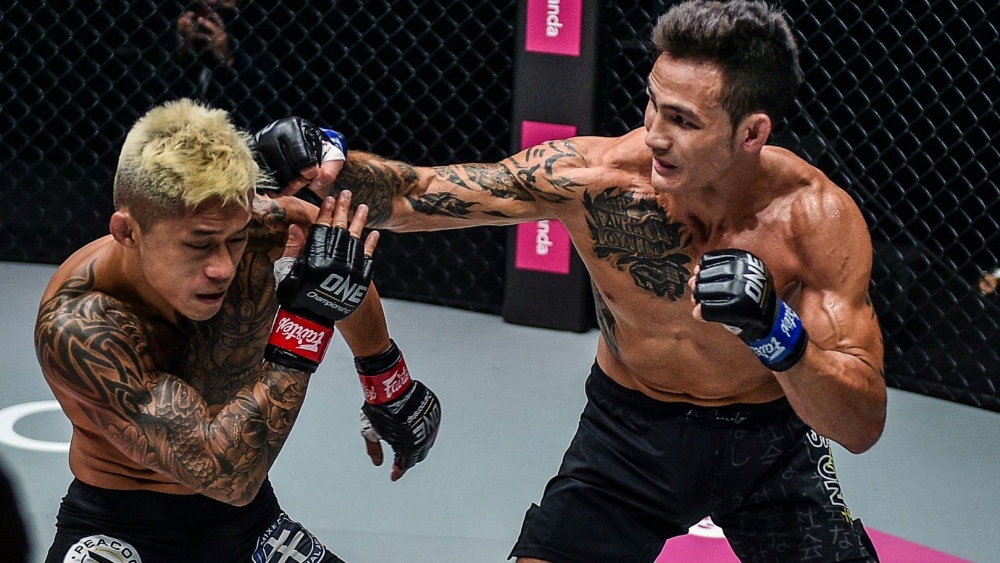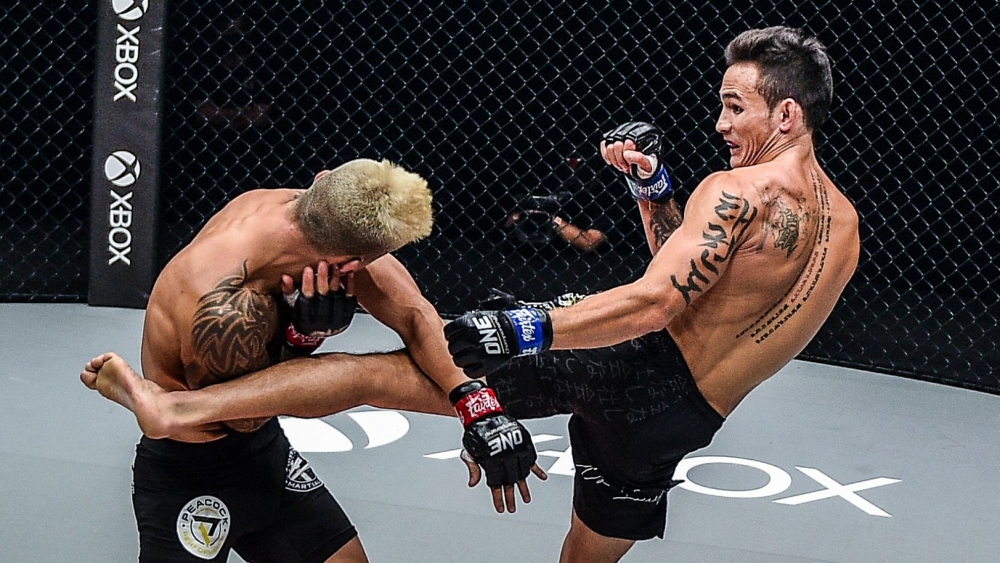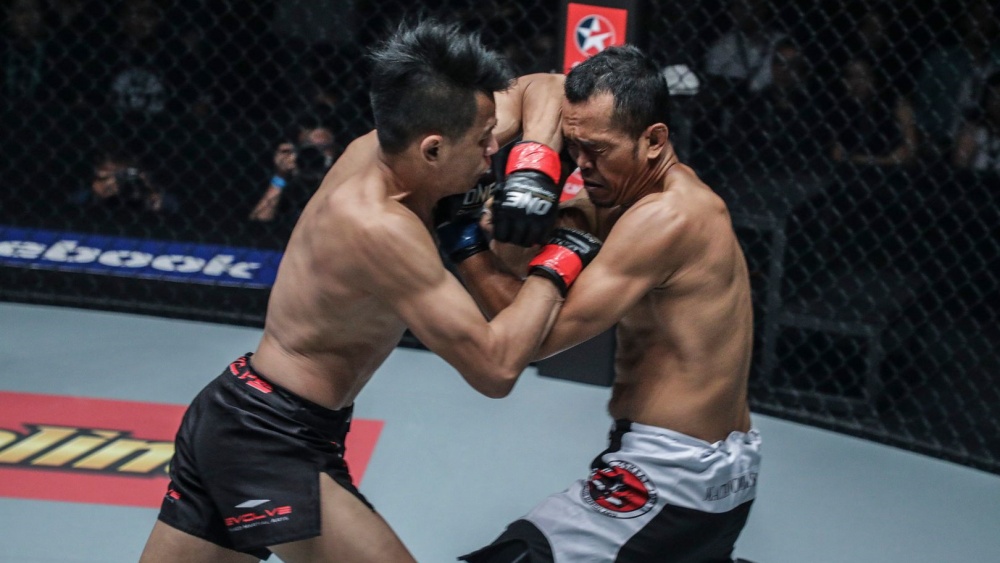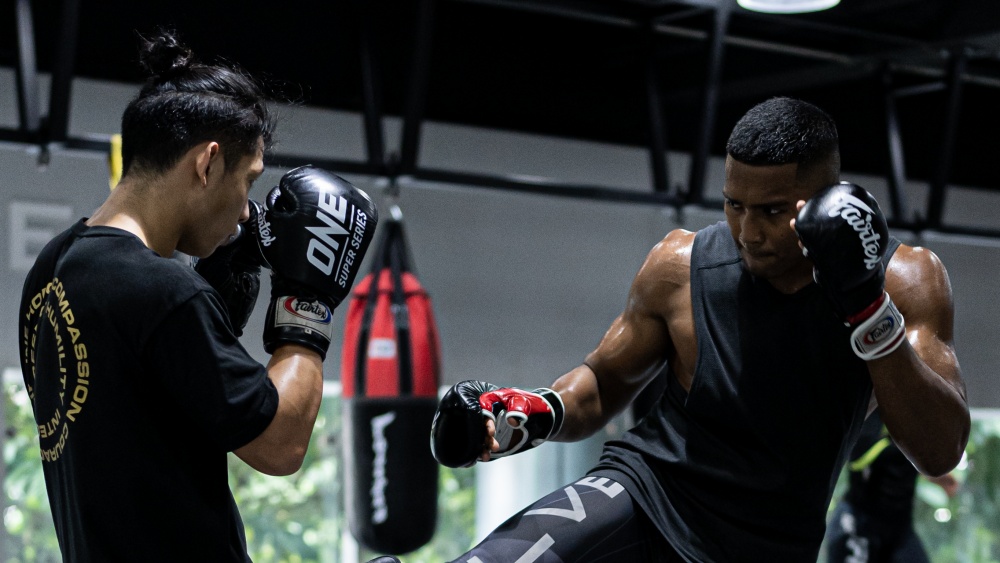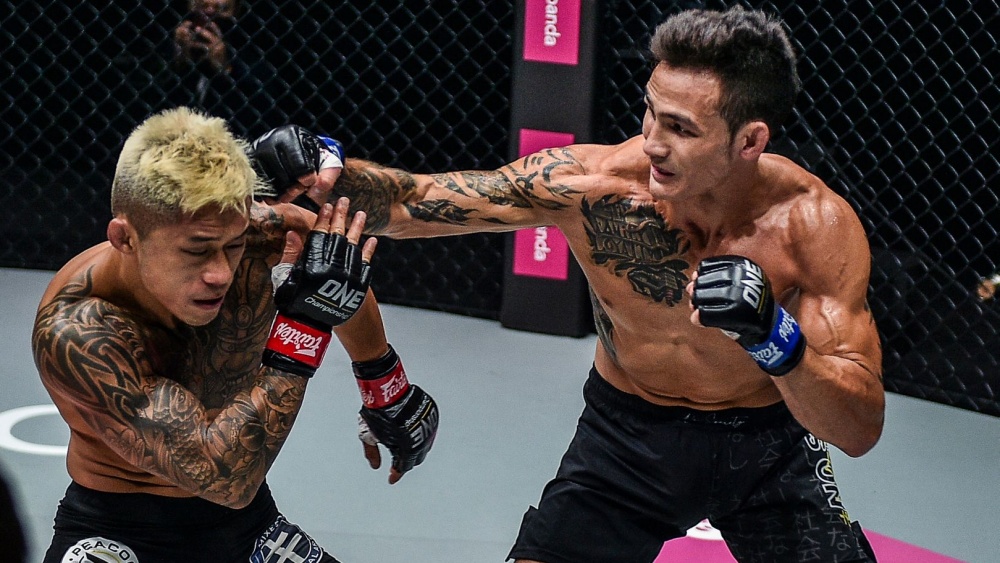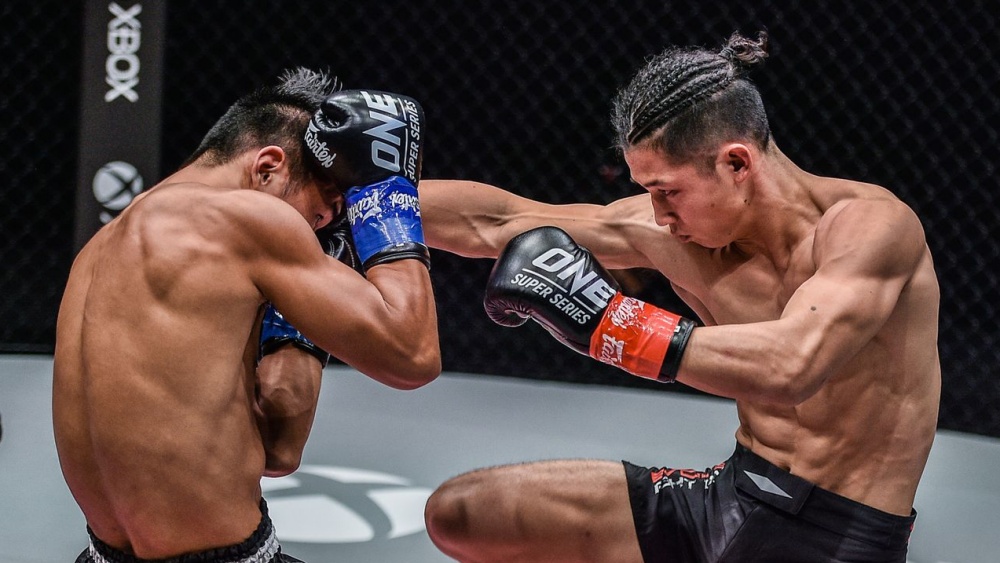The Southpaw stance is the standard stance for left-handed fighters in mixed martial arts, but that doesn’t mean right-handed fighters shouldn’t use it to give themselves strategic advantages. Saying a fighter is in a southpaw stance simply means they keep their right leg forward and left leg back. Standing this way allows fighters to optimize their power shots with their strong side.
This article will take a close look at the intricacies of the southpaw stance and provide insights for mixed martial artists looking to adopt the stance or counter it.
Understanding The Southpaw Stance
Most people are right-handed so the southpaw stance isn’t as commonly used as the orthodox stance in mixed martial arts. As a result, most MMA fighters are used to training and competing against orthodox opponents. This gives southpaw fighters a strategic advantage since their tactics and angles can be unfamiliar and challenging for most boxers to counter.
Even simple things like proper foot positioning can be quite the challenge when dealing with southpaw fighters since their front foot isn’t where it’s supposed to be.
Some of the offensive strategies southpaw fighters can use to catch their opponents off guard include:
1) The Power Left Straight
The straight left cross is one of the most potent weapons southpaw fighters use. It comes at a different angle from the conventional right cross and lands with considerable power. It’s also a long-range weapon you can fire off from the outside.
There are many ways to set up a power left cross as a southpaw. One popular trick is to hide it behind a right-hand jab.
The lead right hook can be a surprising and effective tool. It can be used to counter an opponent’s left jab or as a setup for a powerful left hand. It also comes from a different angle that makes it trickier to block since lead hooks are typically blocked with your rear (right) hand when two orthodox fighters clash.
However, your lead hook should be blocked with your opponent’s left hand when they’re in the southpaw stance, which is easier said than done when you’re not used to blocking power shots with your weak hand.
3) Left Roundhouse Kick
The left roundhouse kick is one of the weapons you should use often if you’re in a southpaw stance while your opponent is in the orthodox stance. Your opponent being in a different stance opens up your power kicks with your rear leg. However, you’re also open to body kicks from your opponent’s rear leg so don’t get carried away and be ready to defend after throwing your shots.
Aim for the head when your opponent starts dropping their hands to defend against your body kicks to catch them off guard.
Defensive Tactics
Some of the defensive tactics you can use to give yourself an advantage when you’re in the southpaw stance include:
1) Angle Manipulation
Using angles effectively is crucial in mixed martial arts. Southpaw fighters should look to move their lead foot outside the lead feet of their orthodox opponents, creating better angles for their offense while making it more challenging for opponents to land effective strikes.
Likewise, if you find yourself going against a southpaw use the same tactic to create an angle that forces your opponent to throw punches from ineffective angles.
Notice how Tawanchai moves his lead foot slightly outside of Trainer Gaes lead foot before throwing a power shot with his left hand. This perfectly demonstrates the outside foot position you want to aim for as a southpaw.
2) Countering The Jab
You can effectively counter an orthodox fighter’s jab from a southpaw stance by parrying the punch with your right hand and throwing a counter jab with the same hand you parry with, or you can parry the jab with your right hand and follow up with a left cross down the middle. Even if the jab gets past your defense and still lands, you get to land the more powerful shot.
3) Avoiding The Rear Limb Attacks
The biggest threat southpaws in MMA face from orthodox fighters is their powerful rear limb punches and kicks. You generally want to get away from these power strikes rather than block them so use your footwork and head movement.
Head movement should be used sparingly in MMA since it leaves you vulnerable to kicks. Check out the above video by Shane Faizen from Fighttips on the importance of evading rear limb attacks, particularly the power right.
Training For The Southpaw Stance
While most people are right-handed and fight most out of the orthodox stance, you’re eventually going to run into a southpaw. They do exist and some of the top-level strikers in MMA are often comfortable fighting out of both stances.
Some of the things you can do to prepare for the day you run into a southpaw fighter include:
1) Drills And Sparring
Regularly drilling defending against and landing strikes against southpaw fighters is a must when you’re a mixed martial artist. Do everything in your power to spar with southpaw fighters as often as you can. This will make you more comfortable with the unique challenges a southpaw poses.
Most gyms have at least one southpaw fighter, and you should also consider going to different gyms from time to time to get new looks.
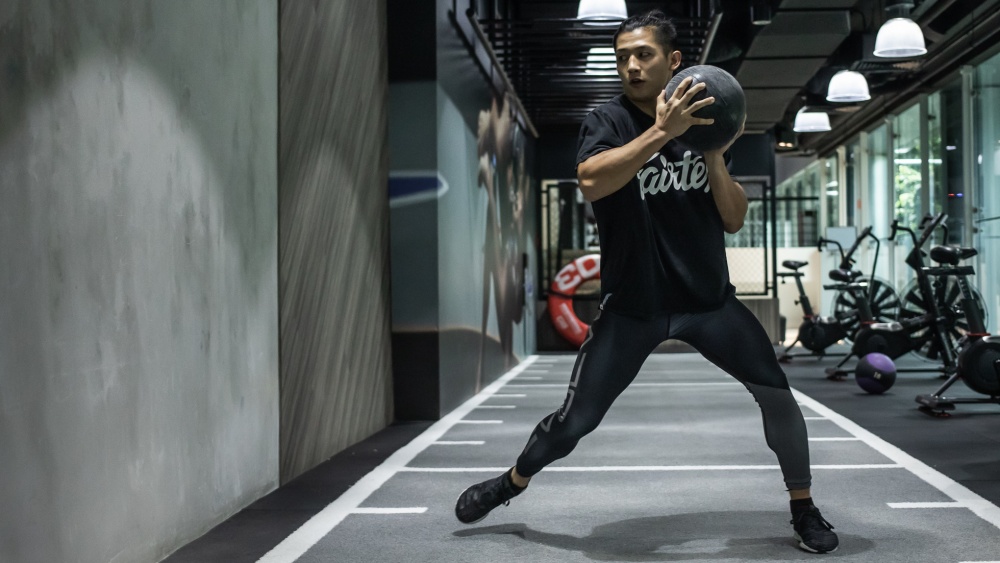
Incorporate strength and conditioning exercises into your training routine as it will benefit you in many ways.
If you’re an orthodox fighter looking to add the southpaw stance to your toolkit, strengthen the left side of your body with drills and exercises so you can throw more powerful shots from there. You should also strengthen your right leg so you can move more comfortably in the southpaw stance. That can be as simple as regularly shadowboxing in the stance and practicing your footwork.
3) Mental Adaptability
Being mentally adaptable is key for southpaw fighters. You want to adapt to the things your opponent does in the ring and exploit vulnerabilities in the odd angles created.
Countering The Southpaw
Facing a southpaw is often a challenge for orthodox fighters who don’t do their homework and prepare appropriately. Some of the things you can do to counter a southpaw include:
1) Controlling The Lead Foot
Orthodox fighters should aim to keep their lead foot outside the southpaw’s lead foot. This position offers a tactical advantage, allowing for more effective striking and defense. Winning this battle sets you up for success later in the fight.
2) Targeting The Open Side
A southpaw’s right side is typically more vulnerable than their left, so target this area with a majority of your attacks. You don’t want to become predictable, but you want to force them to use their weaker arm to defend against most of your attacks.
Attacks like your rear leg kick and body are open for the taking when facing a southpaw but remember they can also do the same to you.
3) Expecting The Unexpected
Be prepared for the unique angles and strikes a southpaw will throw at you. This includes being ready for powerful strikes thrown from their left side.
The Best Strikers Are Comfortable In Both Stances
The southpaw stance in MMA presents a unique set of challenges and opportunities. It can give you a significant advantage against fighters with little experience dealing with southpaws and orthodox fighters, and you can keep opponents guessing by switching to a southpaw stance from time to time.
Switching stances can also provide some relief when you find yourself going against an opponent who consistently chops away at your legs.
You may also like:
